We were lucky to catch up with Jazz Williams recently and have shared our conversation below.
Hi Jazz, thanks for joining us today. What was the most important lesson/experience you had in a job that has helped you in your creative career?
At the end of my freshman year of college, I picked up a job as a teaching assistant at an art studio in Tampa, Florida called North Hubert Art Studio. The state was very new to me and the people were even newer, but I resigned myself to the job as an interesting way to save up for my upcoming sophomore year at MICA for more supplies and bigger projects. I hadn’t considered myself to be a teacher in any regard, at the time it was even a bit difficult for me to call an artist. I felt my artmaking had no focus and there was no singular way of working that I could feel fully committed to, not even painting. I saw the children and I identified myself as a student along with them because I was willing to learn, too. I think from that perspective of teacher and student, I took more liberties to explore things I had previously closed myself off to due to lack of resources or maybe just plain distaste. Like, ceramics are cool, but when would I have all the time and energy to do that? But when you’re working with kids like that, especially varying in age range, you have to start making sacrifices and cutting corners in a way that delivers the full experience to them regardless of the mess or the hassle. I found the way we teach kids to make art was super gratifying for me, using whatever was on hand or what we got as a donation. You can give a child a few cloth scraps and a sheet of paper and watch them make an entire prop for a movie they had in mind, or a small plushie with stuffing, or a sleep mask to wear over their eyes.
I began to relearn methods of drawing, painting, and sculpting through the eyes of a child, exposing myself to mediums old and new. Children’s experimentation with different art supplies knows no bounds, they’ll apply an alcohol marker over oil pastel even if it ruins the marker, but the end result is ultimately what matters. And even if that end result isn’t satisfactory, they have that, “oops, guess that didn’t turn out so pretty” mentality that makes them want to do something new. In my artmaking, I began to apply myself in the same ways. I feel like I approach most of my paintings and small sculptures as experiments, playing around with things to see how one thing might affect another. It’s interesting to experience how brave I can get once I realize that a medium is malleable, in a sense that I can change it with the use of another medium and completely transform the piece. I think that’s why I like to push the boundaries between painting and full on sculpting, changing how I experience portrait painting if I try to put it in different formats even if it doesn’t quite make sense.
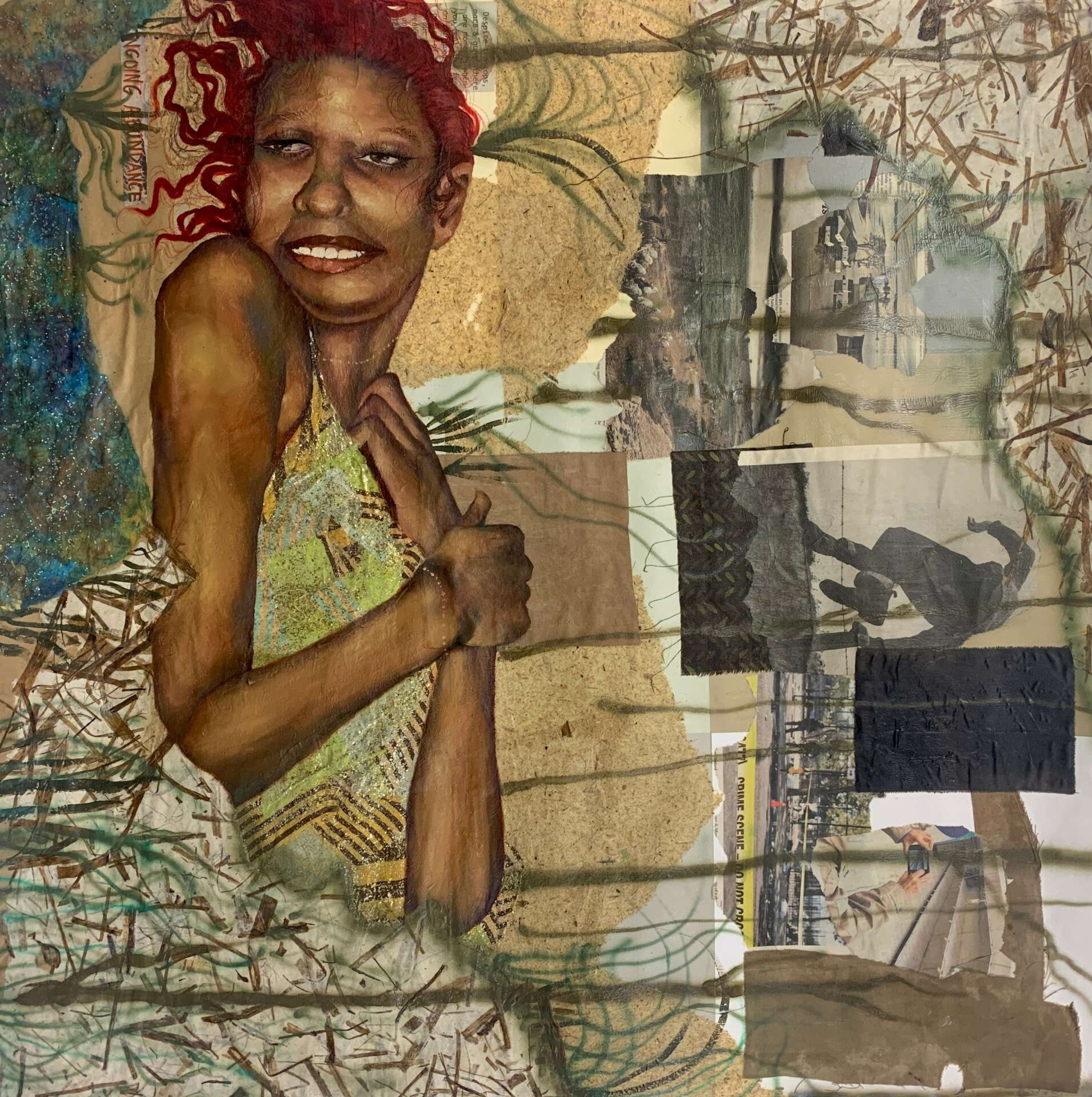
As always, we appreciate you sharing your insights and we’ve got a few more questions for you, but before we get to all of that can you take a minute to introduce yourself and give our readers some of your back background and context?
I’ve grown up in the DMV my whole life, and I’m currently Baltimore-based. I attended a few magnet schools in middle and high school that centered visual and performing arts. This educational experience had me start the journey of oil painting at the age of 16 among the influences of sculpture, digital art, photography, and film. I will graduate from Maryland Institute College of Art as a General Fine Arts major primarily focused in Fibers and Painting in 2024. Mixed media painting came naturally to me as I began to consider how I could break out of the white cube of the canvas. As time went on, I started to think about the canvas itself and if I could customize it, dyeing my canvas and leaving it unstretched in the style of a tapestry. Occasionally, I’ll use found objects to paint and sculpt onto, as well. Much of my insight in fine art portraiture is white-centric, however, I find it more gratifying to paint black figures in similar grandiose fashion. As a painter with an interest in art history, I began to evaluate how black people mainly exist in the art world as a form of protest or political statement as a commentary on African American suffering throughout history. I knew she wanted to paint black people but not within a negative or self-righteous light, but rather a gentle, natural light that reflects the style and poise black people carry in daily life. I especially like to occupy the realm of afro-surrealism and pushing the boundaries of whimsy in my portrait works. Many of my mediums used are products of black girlhood, like glitter, printed fabric, eyelashes, and more.

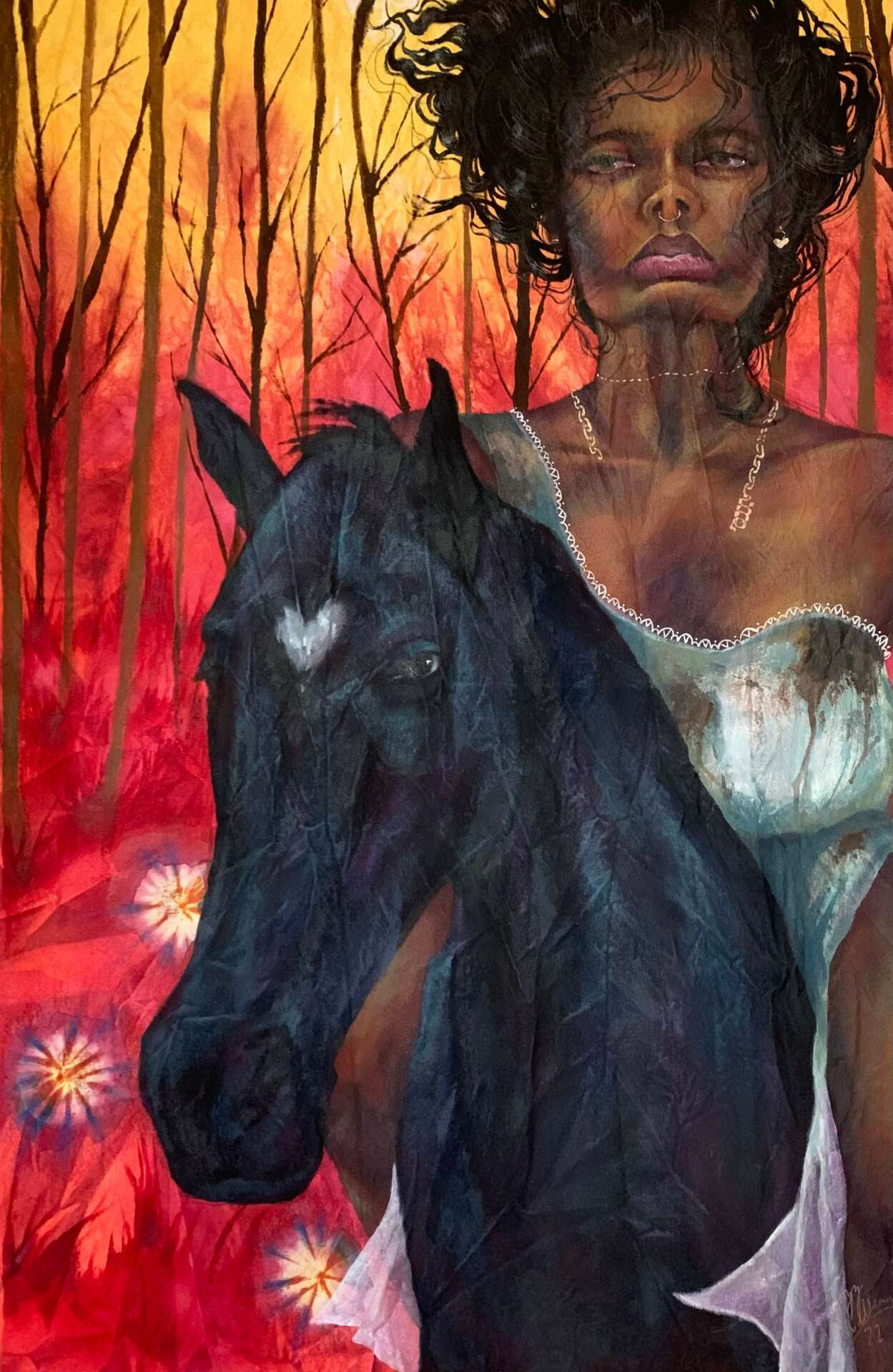
What’s a lesson you had to unlearn and what’s the backstory?
All opportunities aren’t necessarily good opportunities. Along with exhibiting your work comes the pressure of care and travel. Getting the artwork there is one thing, but receiving it back in the same condition is an entirely different thing. I found myself agreeing to a few opportunities I thought would be good for exposure, and although they might’ve been, some parties can get a bit negligent when it comes to communication or even piece preservation. I’ve found myself in situations where my artworks were travelling around to different locations without my knowledge or even a sale, and things like that can be hard to come to terms with. It can honestly feel like you’ve been robbed in broad daylight. Thankfully, I was able to handle events like that in an orderly fashion and got most of my work returned to me in decent condition, but in moments like that, you really have to be careful about who you trust with your work. Even if it is someone who might seem established, it’s especially important to build relationships and get to know the people you’re entrusting with your work. This is why it’s important to network and keep in contact with people as much as you can, the closer in contact could mean a way better channel for communication and opportunistic value.
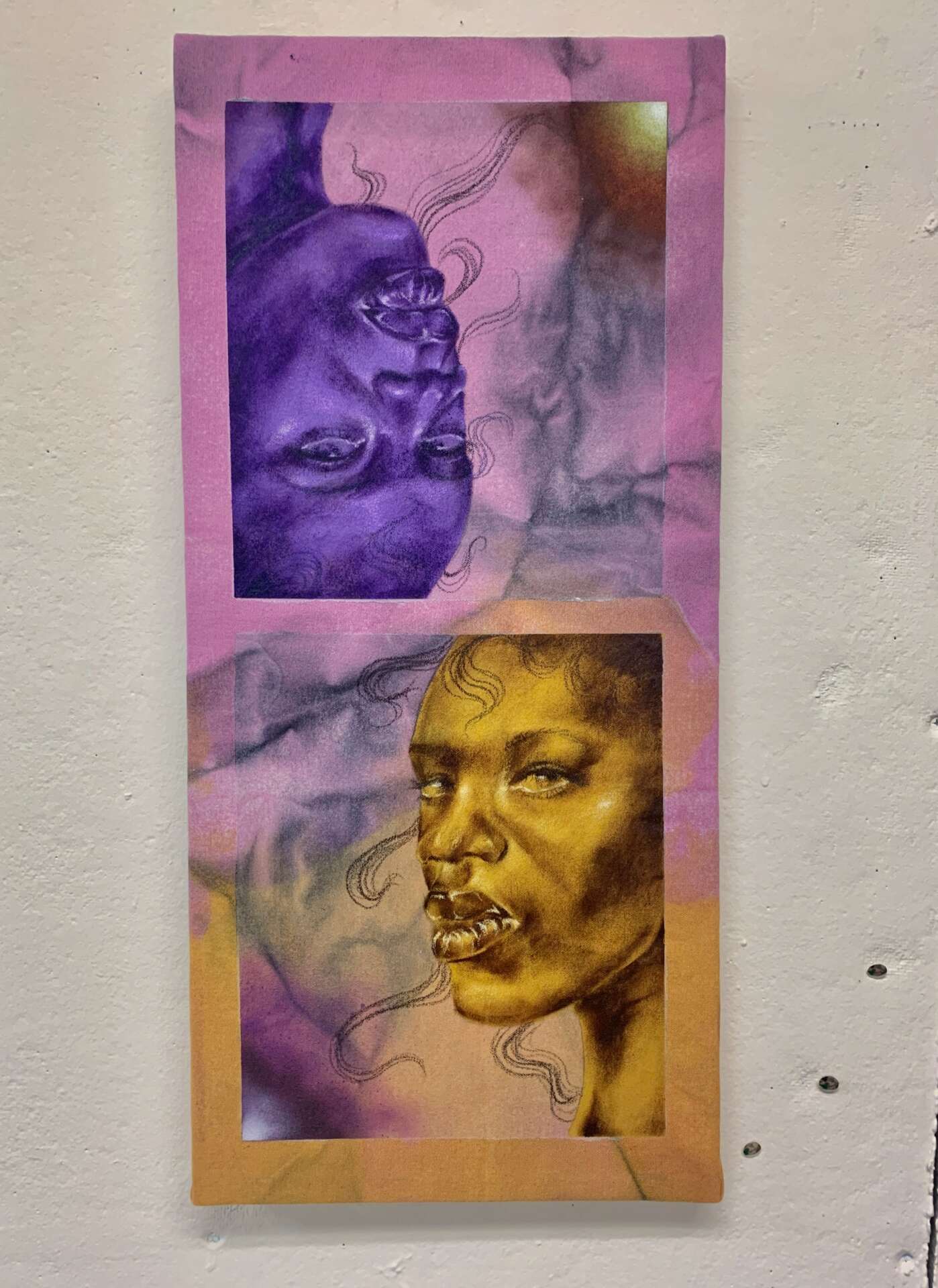
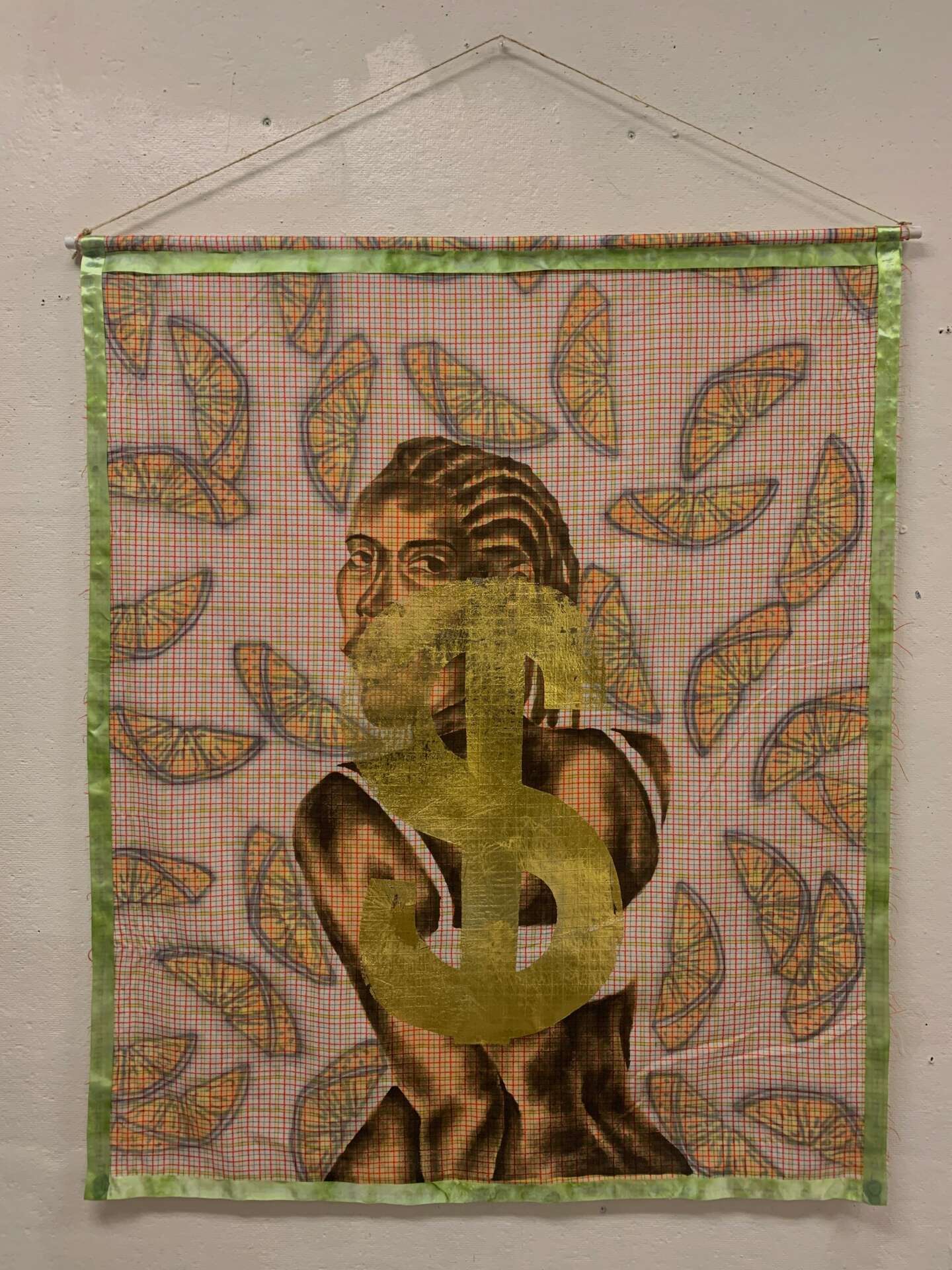
For you, what’s the most rewarding aspect of being a creative?
The most rewarding aspect of being an artist is being able to think on my feet pretty quickly. There are times where I might not have all the supplies I need or something in a piece ends up getting incredibly damaged and I have to figure out what to do to fix it. A lot of people don’t get as much opportunity to explore and learn with their hands as much as artists do, and through that exploration, you can get pretty crafty. Many people don’t know this, but I actually also do nails in some of my spare time outside of classes and artmaking. Applying acrylic nails is an art form on its own, but through the exploration of different paint mediums and even chemical solvents, I can begin to apply some of what I know in that realm to real-world things. Just recently I had pretty dire breakage on a plexiglass painting piece I’d make in the past, but with the use of some UV resin hard gel, I was able to patch it seamlessly and learn more about just how much UV gel could do.
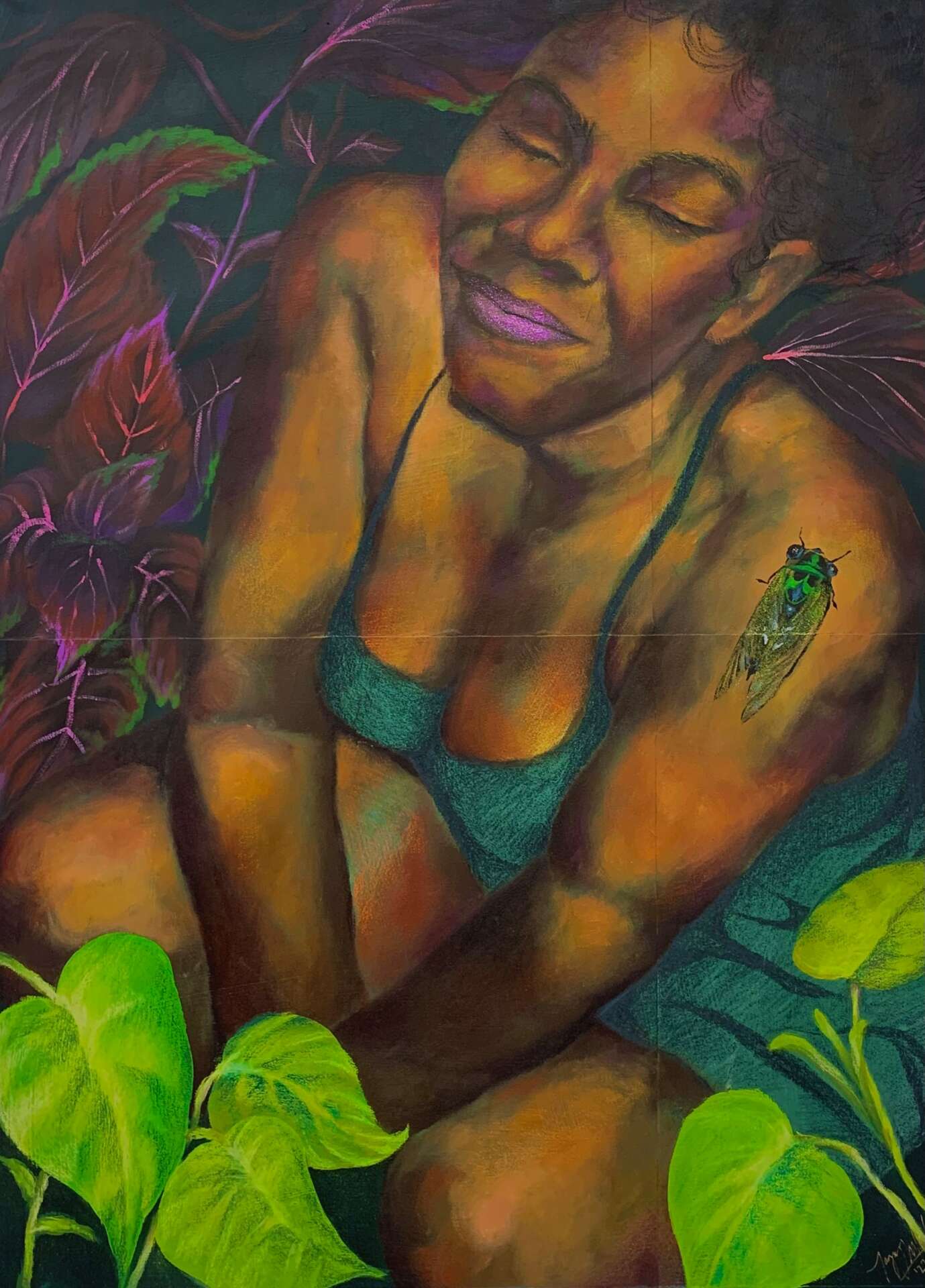
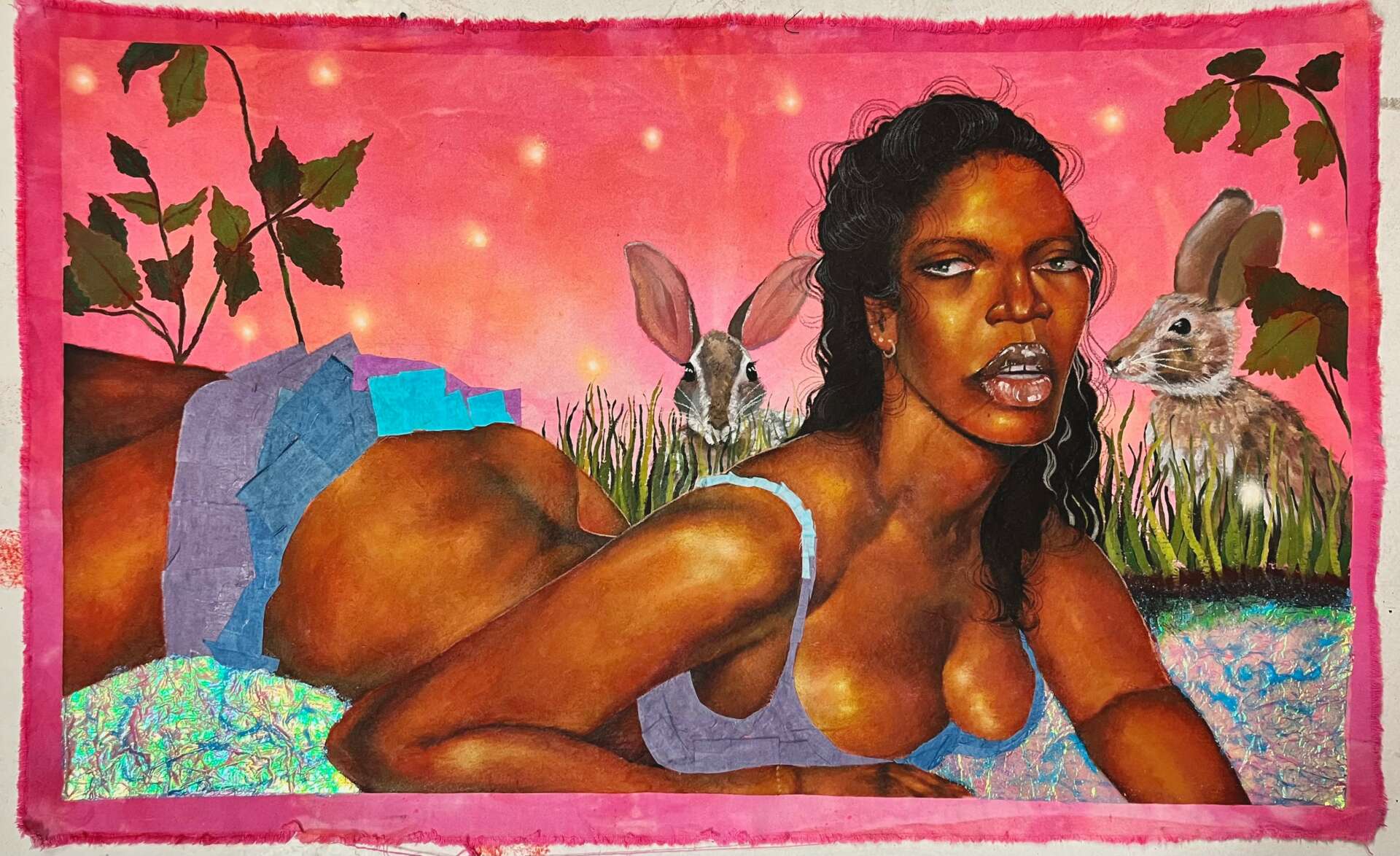
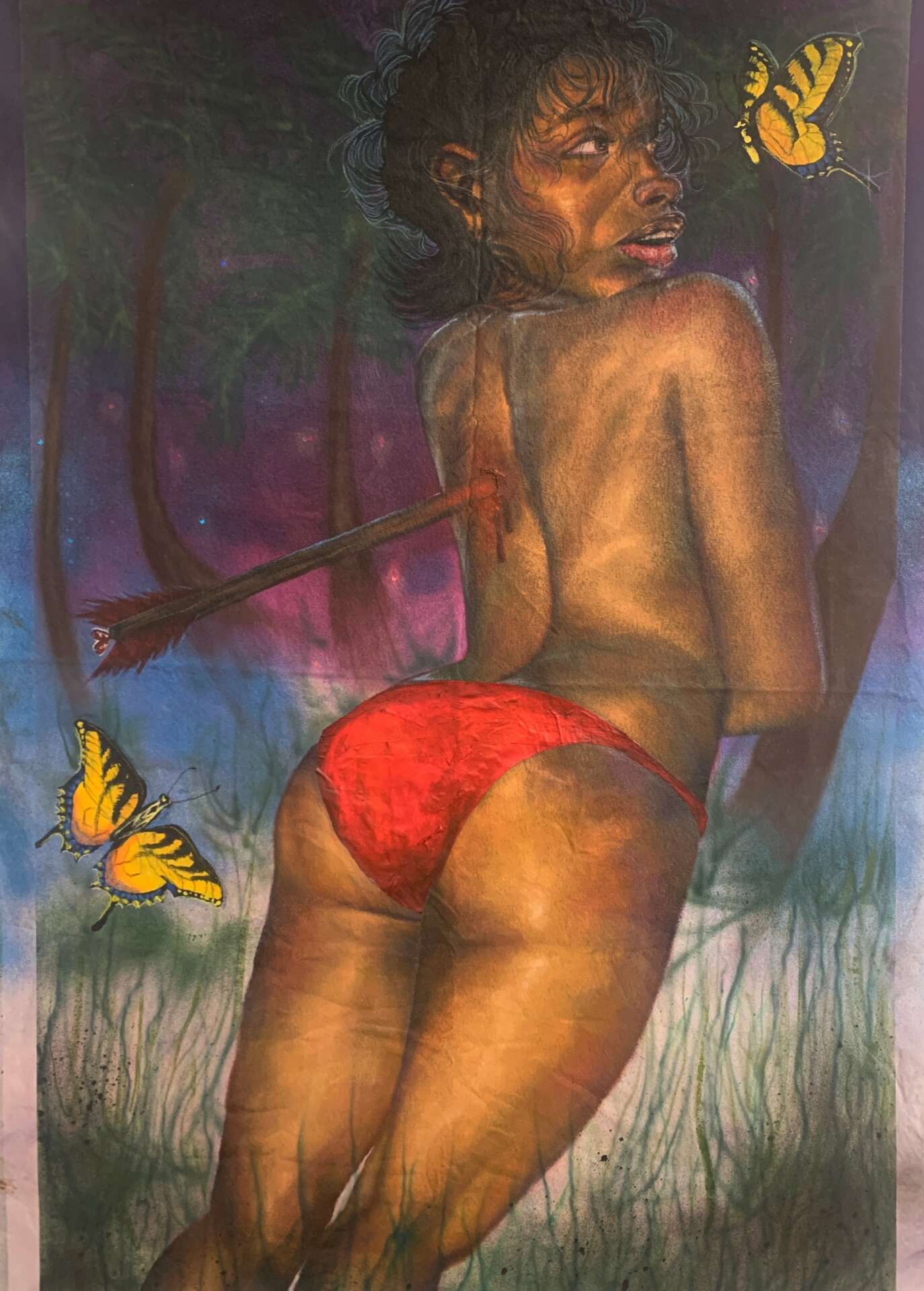
Contact Info:
- Instagram: https://www.instagram.com/jazzwilliams.art/
Image Credits
Headshot credit: Tatyana Twyman (@shotbytatyana on Instagram)


